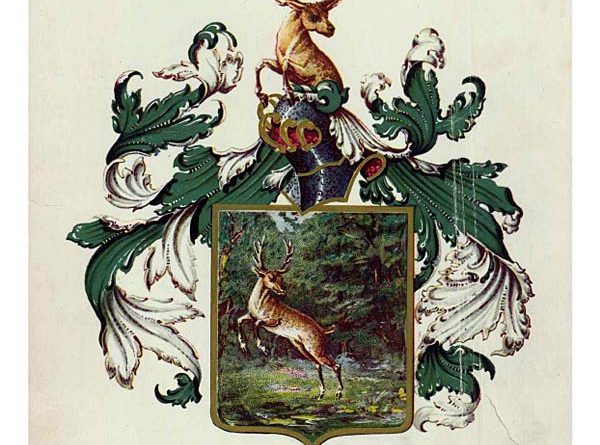The spiritual welfare of the inhabitants of Groningen early enlisted the attention and care of the Roman Catholic Church. Two religious sanctuaries were built within the walls of the city ; one was consecrated to Saint Martin as a patron, and the other to the Blessed Virgin. The first edifice is recorded as bearing the name of Sint JMaartcn as early as the year 1253. In 1465 one of the towers of the church was struck by lightning and the building was set on fire and burned. The present Gothic structure, at the northeast corner of the Great Market {Groote Markf), erected after a fire in 1627, has a conspicuous tower four hundred and thirty-two feet high, containing a fine chime of silvery-toned bells, which, at each quarter-hour, tone by automatic machinery the tune of a sacred or patriotic hymn peculiarly pleasing to the ear.
The Aa-kerk, about a quarter ofa mile west of Sint Maartcns-kerk, occupies the site of the early parish-church consecrated to the Blessed Virgin. The present building, it is said, derived its name from the river Aa, flowing near it. The first chapel seated there was converted into a neighborhood church in 1246. The structure was considerably enlarged in 1465. Unfortunately, on May i,167 1, the tower of the church was struck at night by lightning and the edifice was consumed. The stately tower now widely defining the locality of the church was built in 1712.
The floor of the Aa-kerk, as well as that of Saint Martin’s, is principally made with slabs of dark stone under which are the tombs of many of the former members of the congregation. The coats-of-arms of some ofthe wealthy and distinguished families arc sculptured on these tablets, but most of the armorial ensigns and cpitaphic inscriptions on them are now deeply foot-worn. A half century ago the lofty windows of the church contained beautiful pictorial memorials in colored glass, but later they were broken, either ruthlessly or accidentally, and for them panes of plain ordinary glass were substituted. The Sunday and feast-day services in the Aa-kerk were commonly attended by the members of the different Swartwout households in Groningen, and during a period of many years an elaborately delineated coat-of-arms of the family richly embellished one of the principal windows.
In going directly from one to the other of these massively built brick edifices one passes across two large, open market-places. The Great Market ( Groote A/ark/), lying immediately west of Saint Martin’s Church, and having an area fifty Groningen rods long and thirty wide, is said to be the most spacious one in the Netherlands. It was first paved with brick in 1447, and has for centuries been a place of assemblage for the people of the city and the surrounding country seeking opportunities to sell or buy commodities of a strikingly diverse and unique character. The westerly side of this widely open space became the site of the city’s council-house (i-aadhuis), in 1443. The
THE AA CHURCH, GRONINGEN, I793.
A part of the Fish Market inthe foreground.
20
THE SWARTWOUT CHRONICLES.
imposing city-hall (stadkuis), now overlooking the market, was erected between the years 1793-1810.
The Fish Market ( Visch Markt) occupies another open space not far west of the city hall. The quadrangle, which bears this name, has a length of two hundred and forty-one paces. Itwas first paved with brick in 1446. The Corn Exchange (Korenbeurs), standing immediately east of the Aa-Ker/c, fronts the Fish Market.
During the present century the city of Groningen has greatly enlarged its
THE CORN EXCHANGE, GRONINGEN, 1596.
Aa-Kcrk is separated fromitby a narrow street.
territory. The last enumeration of the inhabitants showed the population to be 57,900. Although lying in north latitude fifty-three degrees fifteen minutes, or on the same parallel as the southern part of Labrador, it is favored with a temperate climate, and the winters there are no colder than those in the State of New York.
Itis highly probable that the residence of certain members of the Swartwout family in the city of Groningen in the sixteenth century was partly
THE SWARTWOUT CHRONICLES.
